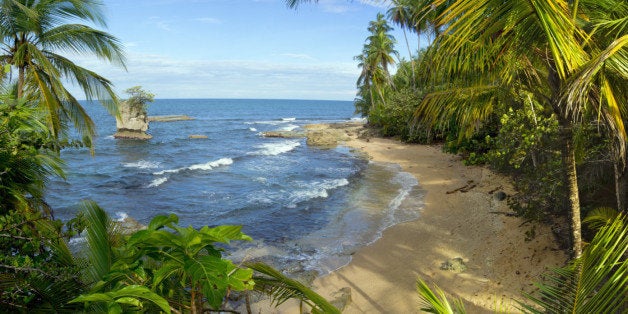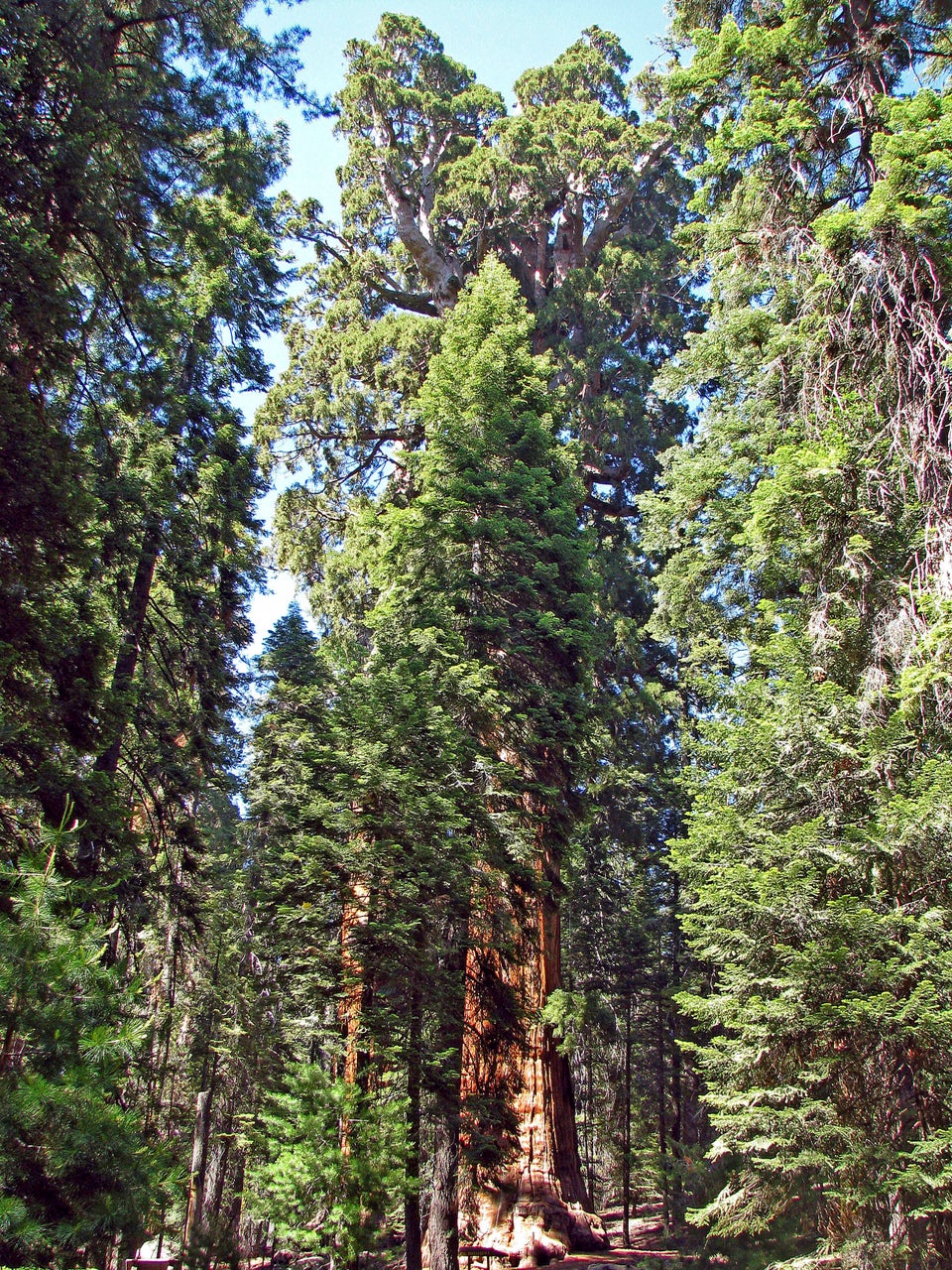
Critics of environmentalism have often been keen to frame the issue as man vs. nature, progress vs. conservation, and economic growth vs. protecting the environment.
But it's not that simple.
We already know that poverty and climate change are inextricably linked, and that poor communities often bare the brunt of the other negative impacts of fossil fuel extraction. We, as environmentalists, can't afford to ignore the issue of poverty, and we shouldn't assume that the policies we advocate for are automatically benign in terms of their human-scale impact.
Take national parks and conservation reserves, for example. What happens to poor communities when the rain forests or other natural areas they live near are given protected status? Many have claimed that such reserves can trap communities in poverty, robbing them of resources they need to thrive, while others have advocated that they can be an opportunity for economic development. So far, however, hard numbers to back up either argument have been hard to come by.
Until now.
New research published in the Proceedings of the National Academy of Sciences suggests that nature preserves can provide a significant boon to local economies, reducing poverty by as much as 16 percent. Co-authored by Paul Ferraro of Georgia State University and Merlin Hanauer of Sonoma State University, and titled Quantifying causal mechanisms to determine how protected areas affect poverty through changes in ecosystem services and infrastructure, the paper looks at the case of conservation reserves in Costa Rica.
Examining several different mechanisms that may or may not impact poverty, including changes in tourism and recreational services; changes in infrastructure, health clinics, and schools; and changes in ecosystem services like pollination or clean water, as well as the loss of potential production activities that arise from land-use restrictions, the researchers concluded that tourism was far and away the biggest driver of economic improvements:
Nearly two-thirds of the poverty reduction associated with the establishment of Costa Rican protected areas is causally attributable to opportunities afforded by tourism. Although protected areas reduced deforestation and increased regrowth, these land cover changes neither reduced nor exacerbated poverty, on average.
It should be noted, of course, that Costa Rica has an established tourist trade and the infrastructure to support it. Converting land to nature reserves in regions where tourism is less prevalent, or where the infrastructure isn't there to support its development, may not result in similar findings. But the key importance of Ferraro and Hanauer's work may be in its reminder to us all that we can't just assume either benefits or negative impacts for any environmental projects, but rather we must seek evidence to inform our conclusions and, more importantly, use that evidence to shape policy and practice. Here's how Ferraro makes the case:
Our results suggest that by using existing data sets such as poverty estimates from census data, the impacts of conservation programs and policies on human populations can be better defined. Our findings may result in improved conservation programs and policies, and better impacts on the communities adjacent to these sites, locally and around the globe.
